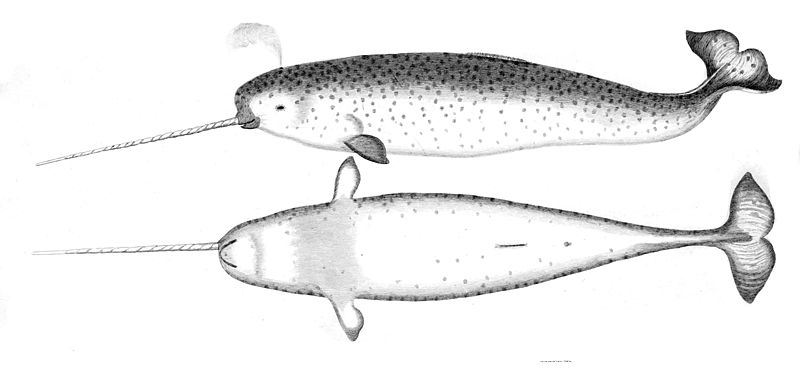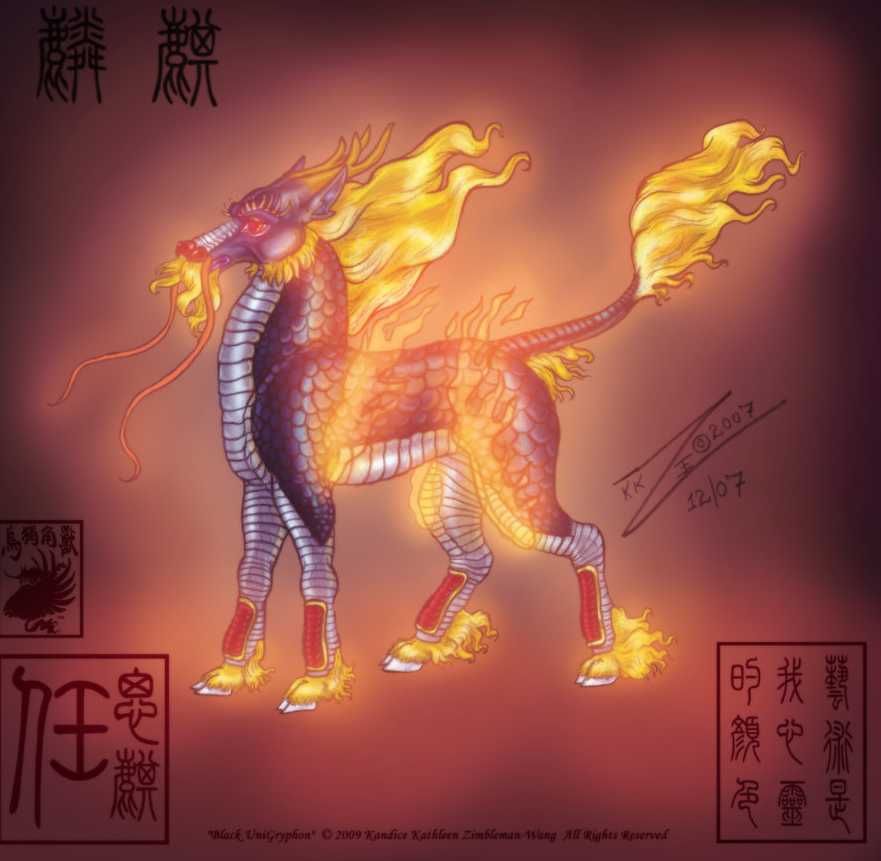
A Cockatrice is a legendary creature, essentially a two-legged dragon with a rooster's head. It is distinguished from other avians by its unusual habits and nasty temperament. The Cockatrice thrives in the wilderness. Its petrification power makes it immune to most predators and enables it to compete with other birds for food. The feathers of the Cockatrice are prized by certain wizards as many magical scrolls must be inscribed with pens made from such quills. Many people also seek unhatched eggs, or even live Cockatrices, as unusual pets or guardians.
Type: Mythic Animal
Setting: Cockatrices are found in temperate to tropical regions, both above and below ground.
Era: Any
Physical Traits: The serpentine tail of the Cockatrice is yellow green, its feet and beak yellow, its wings are grey, its feathers are golden brown, and its wattles, comb, eyes, and tongue are red. The Cockatrice is an eerie, repulsive hybrid of lizard, cock, and bat. It is infamous for its ability to turn flesh to stone. The Cockatrice is about the size of a large goose or turkey, and has the head and body of a cock, with two bat like wings and the long tail of a lizard tipped with a few feathers. Its feathers are golden brown, its beak yellow, its tail green, and its wings grey. The Cockatrice's wattles, comb, and eyes are bright red. Females, which are much rarer than males, differ only in that they have no wattles or comb.
Height: 1 metre
Weight: 45 kgs
Mobility: Legs, wings
Sensory Organs: Visual
Communication: Vocal
Reproduction: Egg. Since females are rare, they are the dominant sex and often have more than one mate. In fact, males fight or strut for the privilege of joining a female's harem. These mated groups usually build their nests in caves. Nest sites are permanent, and the Cockatrice constantly seeks to decorate its nesting site by lining it with shining objects like coins and gems. Females lay one or two brownish red, rust speckled eggs per month. Those that are fertile hatch in 11-19 days. The young reach maturity and full power within six months. Once they achieve adulthood, the hatchlings are driven away from the nesting site by their parents. Larger groups of Cockatrices encountered will frequently be young driven from the nest who have temporarily united for survival.
INT: D6, WIS: 2D6, STR: 2D6, DEX: 3D6, CON: 3D6, CHA: D6, MR: 3D6/flight 7D6, HPs: 5D8
AC: 6, Thac0: 15
Abilities:
1) They can inflict only minor wounds with their beaks, but
their touch will turn flesh to stone (save versus spell or be petrified). When attacking
the Cockatrice will attempt to grapple with its foe, touching exposed flesh
and turning it to stone. Flocks of Cockatrices will do their utmost to
overwhelm and confuse their opponents and they will sometimes fly directly
into their victims' faces. While the fatal touch of a Cockatrice's beak will
affect victims clothed in leather or fabric, it will not work through metal armour.
The Cockatrice is somewhat aware of the limits of its powers and natural
selection has taught it to strike only at exposed flesh.
2) The Cockatrice is immune to the petrification powers of others of its kind.
Feeding Habits: The diet of the Cockatrice consists of insects, small lizards and the like. When it hunts these animals the creature does not employ its power to petrify living things.
Lifespan: 50 years



